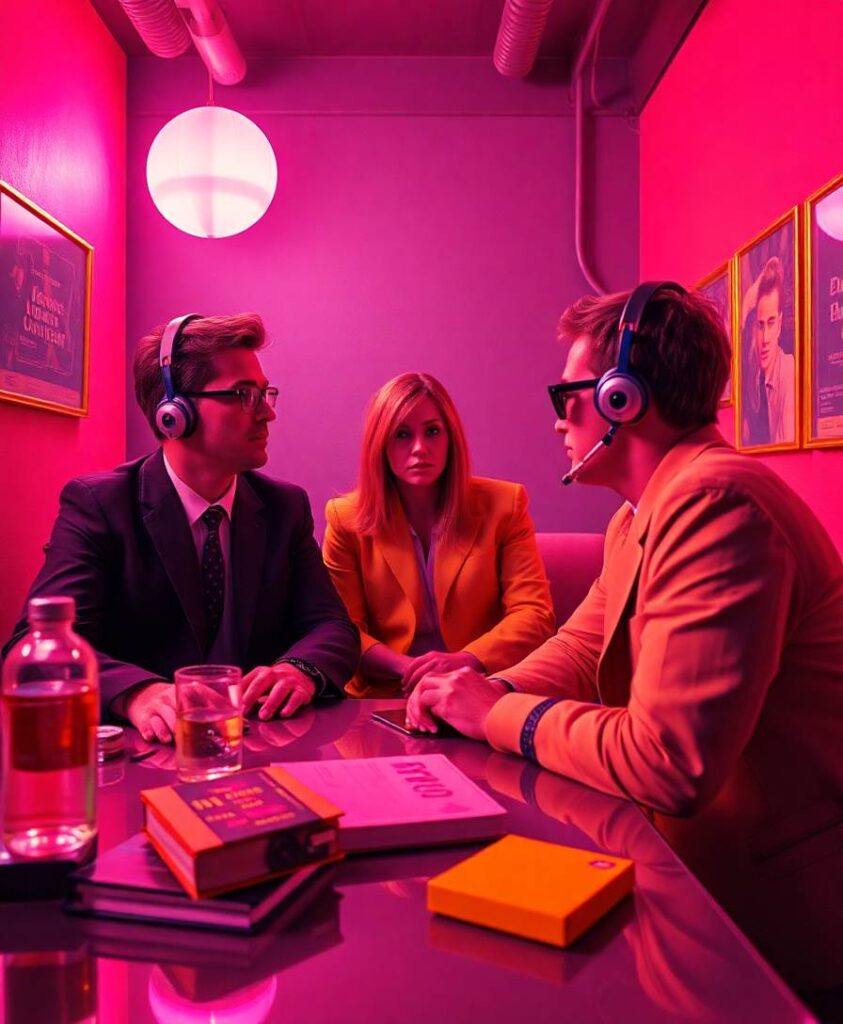Abstract
To model behavioral and neural correlates of language comprehension in naturalistic environments, researchers have turned to broad-coverage tools from natural-language processing and machine learning. Where syntactic structure is explicitly modeled, prior work has relied predominantly on context-free grammars (CFGs), yet such formalisms are not sufficiently expressive for human languages. Combinatory categorial grammars (CCGs) are sufficiently expressive directly compositional models of grammar with flexible constituency that affords incremental interpretation. In this work, we evaluate whether a more expressive CCG provides a better model than a CFG for human neural signals collected with functional magnetic resonance imaging (fMRI) while participants listen to an audiobook story. We further test between variants of CCG that differ in how they handle optional adjuncts. These evaluations are carried out against a baseline that includes estimates of next-word predictability from a transformer neural network language model. Such a comparison reveals unique contributions of CCG structure-building predominantly in the left posterior temporal lobe: CCG-derived measures offer a superior fit to neural signals compared to those derived from a CFG. These effects are spatially distinct from bilateral superior temporal effects that are unique to predictability. Neural effects for structure-building are thus separable from predictability during naturalistic listening, and those effects are best characterized by a grammar whose expressive power is motivated on independent linguistic grounds.

